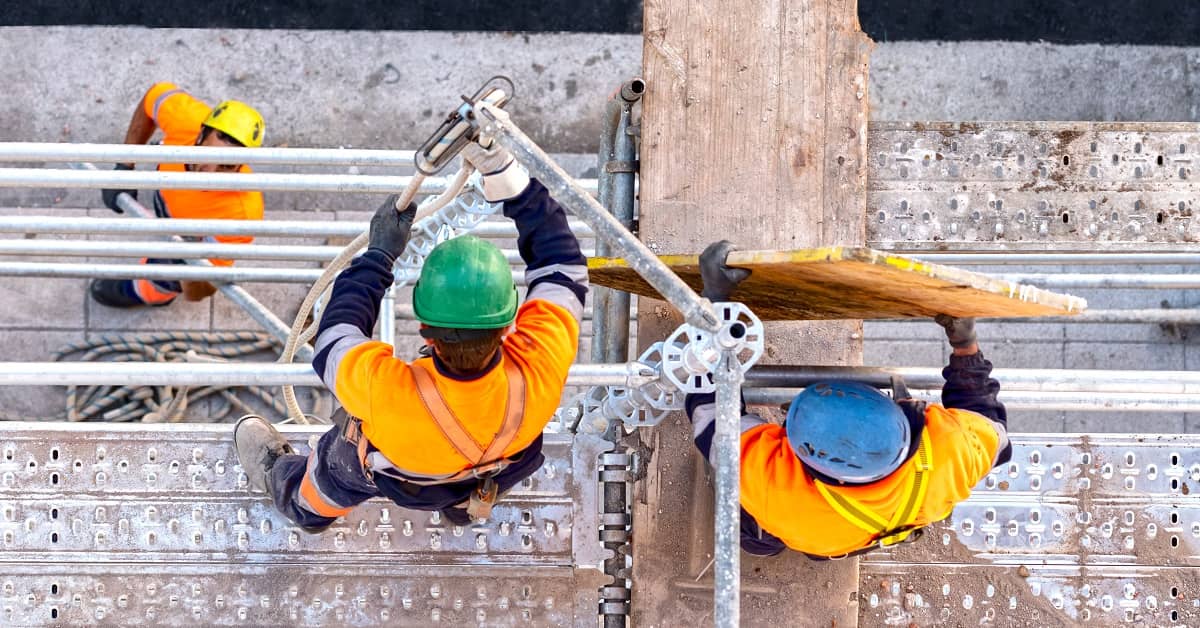
Working on scaffolding can be dangerous. Unfortunately, most scaffolding accidents are the result of companies’ and contractors’ failure to follow safety protocols. According to the Occupational Safety and Health Administration (OSHA), failure to follow scaffolding safety requirements is among the most common safety violations in the United States.
Why is working on scaffolding so dangerous, and why don’t more companies take adequate precautions to protect their workers? Here is an overview of some of the most common risks, safety violations, and injuries involved with scaffolding accidents.
Working on scaffolding presents various dangers. As identified by OSHA, four of the biggest risks workers face when it comes to scaffolding are:
These risks exist for workers who construct scaffolding and for those who perform their work while standing on scaffolding constructed by others. Similar risks exist for workers who use ladders, aerial lifts, and other equipment to access scaffolding and other elevated areas.
Some accidents involving scaffolding occur through no fault of workers, contractors, or construction companies. In these cases, the primary option for injured workers to recover their losses is to file a workers’ compensation claim.
Other scaffolding accidents, however, are caused by inadequate safety precautions. In particular, the following safety violations are common factors in scaffolding accidents in New York:
Scaffolding accidents often leave workers suffering from severe traumatic injuries. Carpenters, bricklayers, welders, painters, window washers, and others who work on scaffolding commonly suffer injuries including:
Under New York law, if you have been injured due to a scaffolding hazard at work, you have clear legal rights. However, in order to assert these rights, you will need to seek representation from an experienced attorney.
Your attorney can help you file for workers’ compensation (if you are eligible) as well as investigate the accident to determine if you have the option to pursue any additional claims for damages. Depending on the circumstances involved in your accident, this could potentially include claims against a negligent contractor, property owner, scaffolding manufacturer, or other party.
Construction workers often find themselves performing jobs at heights. They depend on safe ladders, scaffolding, and other equipment to do these jobs. When scaffolds fail, the consequences can be catastrophic.
Dreyer Boyajian LLP has been handling construction accident claims for over 30 years. We understand the complexity in these cases, and our team is dedicated to identifying and pursuing all of your options for recovering fair compensation.
Please call (518) 463-7784 today for a free consultation with Dreyer Boyajian LLP. Our scaffolding accident attorneys serve clients throughout New York, including Albany, Schenectady, Troy, Saratoga Springs, and other areas.











